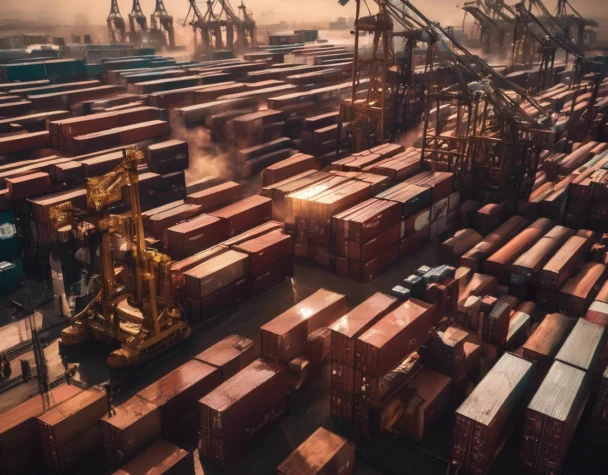
Global Commodity Market Update - March 24th 2025
Mon, March 24, 2025Trade Policies and Economic Outlook
The global economic environment has entered a phase of heightened uncertainty, driven in large part by escalating trade tensions initiated by the U.S. administration. Recent increases in U.S. tariffs have triggered inflation, while both the Organisation for Economic Co-operation and Development (OECD) and Fitch Ratings have downgraded global growth forecasts. These measures have also delayed anticipated interest rate cuts by the Federal Reserve, with inflationary pressures likely to persist through 2025 and beyond.
Amid these challenges, the potential for prolonged economic volatility looms large. Companies operating in the commodity sector must remain vigilant to adapt to ongoing changes in policy and market dynamics. Analysts caution that the current environment could lead to long-term disruptions in global trade flows, which may significantly impact commodity pricing and availability.
For more insights into how trade policies are influencing global markets, visit The Australian.
Commodity Market Movements
Energy Markets
The oil market is experiencing significant fluctuations due to a combination of supply constraints and recession fears. Recent U.S. sanctions on Iran and ongoing geopolitical tensions in the Middle East have pushed oil prices higher. However, the decision by OPEC+ to relax production cuts by 2.2 million barrels per day starting April 1 has introduced downward pressure on prices.
Natural gas prices, meanwhile, have dropped as the Energy Information Administration reported increased storage levels, alleviating previous supply concerns. Analysts are keeping a close eye on how these shifts will affect global energy markets in the coming months.
Metals and Agriculture
Copper prices have surged above $10,000 per tonne, driven by demand growth and speculation over potential U.S. tariffs. The Biden administration is considering imposing a 25% tariff on copper imports, raising fears of supply chain disruptions and spurring strategic stockpiling.
Battery metals, including lithium, nickel, and cobalt, have faced challenges stemming from oversupply and reduced demand from the electric vehicle sector. Despite optimism around the transition to renewable energy, many mines have been forced to close or delay projects as prices plummet.
In the agricultural sector, cocoa and coffee have performed strongly, with prices nearly tripling due to adverse weather in key growing regions like West Africa and Brazil. Grain and oilseed traders, including industry giants like Archer Daniels Midland and Bunge, have faced declining profits as the boom-bust cycle of commodity prices continues to dictate their fortunes.
For the latest on agricultural commodity trends, check out Reuters.
Conclusion
The global commodity markets remain highly volatile as economic and geopolitical factors continue to evolve. Stakeholders must stay informed and agile to navigate these complex dynamics. With ongoing trade tensions, fluctuating demand, and shifting market fundamentals, companies and investors need to adopt strategies that account for rapid changes and potential disruptions.

